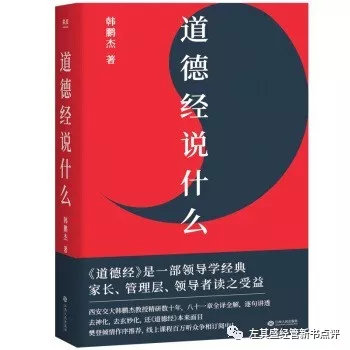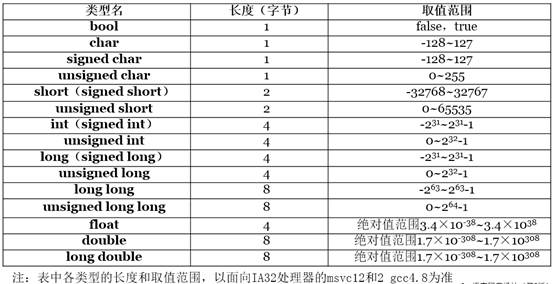I am wanting to 'reset' and 'restart' the GameScene so it is as if the GameScene was first called. I have looked at different methods for doing this, but each time I get a warning that I'm trying to add a node to a parent which already has a parent. However, in my code I delete all my existing nodes so I'm really confused as to how to reset the GameScene. This is how I do it now (this code is called when I want to restart the GameScene from scratch and it is called within the GameScene class):
let scene = GameScene(size: self.size)
scene.scaleMode = .aspectFill
let animation = SKTransition.fade(withDuration: 1.0)
self.view?.presentScene(scene, transition: animation)
self.removeAllChildren()
self.removeAllActions()
self.scene?.removeFromParent()
1.Edited: I realised that why I was getting this warning: "I'm trying to add a node to a parent which already has a parent" was because I had all the variables for the scene outside of the class and as global variables. However, now when the game restarts, the game is in the bottom left corner. Why is this the case and how do I fix this? - FIXED
2.Edited: Everything works fine now, but now my concern is that deinit{} isn't called even though every node is deleted and the fps doesn't drop over time. Here is what I have in my GameViewController for setting the scene and in my GameScene (every instance relating to the scenes so basically all that is relevant):
import UIKit
import SpriteKit
import GameplayKit
var screenSize = CGSize()
class GameViewController: UIViewController {
override func viewDidLoad() {
super.viewDidLoad()
if let view = self.view as! SKView? {
// Load the SKScene from 'GameScene.sks'
if let scene = SKScene(fileNamed: "GameScene") {
// Set the scale mode to scale to fit the window
scene.scaleMode = .aspectFill
screenSize = scene.size
// Present the scene
view.presentScene(scene)
}
view.ignoresSiblingOrder = true
view.showsFPS = true
view.showsNodeCount = true
}
}
Then my GameScene is basically:
import SpriteKit
import GameplayKit
class GameScene: SKScene, SKPhysicsContactDelegate {
//Declare and initialise variables and enumerations here
deinit{print("GameScene deinited")}
override func didMove(to view: SKView) {
//Setup scene and nodes
}
override func touchesBegan(_ touches: Set<UITouch>, with event: UIEvent?) {
//Do other things depending on when and where you touch
//When I want to reset the GameScene
let newScene = GameScene(size: self.size)
newScene.anchorPoint = CGPoint(x: 0.5, y: 0.5)
newScene.scaleMode = self.scaleMode
let animation = SKTransition.fade(withDuration: 1.0)
self.view?.presentScene(newScene, transition: animation)
}
Any answers would be greatly appreciated :)
How to reset the scene?
You just have to present a new, same scene again whenever you want. So, you are doing it fine.
Possible leaking problems?
Also, if you don't have leaks in your game, means no strong reference cycles, you don't even need self.removeAllChildren() and self.removeAllActions()... Of course if you explicitly want to stop actions before transition animation starts, the using this method make sense. The point is, when scene deallocates, all objects that depends on it should / will deallocate as well.
Still, if you don't know from the beginning what you are doing and how to prevent from leaks, eg. you are using strong self in block which is a part of an action sequence, which repeats forever, then you certainly have a leak, and self.removeAllActions() might help (in many cases, but it is not an ultimate solution). I would recommend to read about capture lists and ARC in general because it can be useful to know how all that work just because of these situations.
Scene is a root node
Calling removeFromParent() on a scene itself has no effect. Scene is a root node, so it can't be removed in your current context. If you check scene's parent property you will notice that it is nil. Of course it is possible to add a scene to another scene, but in that case, the scene which is added as a child, will act as an ordinary node.
And finally, how to present the new scene ? Easy, like this:
override func touchesBegan(_ touches: Set<UITouch>, with event: UIEvent?) {
let newScene = GameScene(size: self.size)
newScene.scaleMode = self.scaleMode
let animation = SKTransition.fade(withDuration: 1.0)
self.view?.presentScene(newScene, transition: animation)
}
If something doesn't work for you, it is likely that you have leaks (means your scene isn't deallocated). To check this, somewhere in your GameScene override deinit method, like this:
deinit{print("GameScene deinited")}
To explain you this a bit further... What should happen is that you should present a new scene, a transition should occur, an old scene should be deallocated, and you should see a new scene with an initial state.
Also overriding deinit will just tell you if the scene is deallocated properly or not. But it will not tell you why. It is up to you to find what in your code retaining the scene.
There are 2 main ways that I can think of that do this. The main way that I go this is that if the game is over, (due to the character health falling to zero, or they collide with an object that causes the round to be over, or time is up or whatever), when that happens I like to transition to a new scene that is a summary screen of their score, how far they made it etc.
I do this by having a bool variable in the main GamePlay scene like this.
var gameOver: Bool = false
Then in the code that fires off to cause the game to end set that variable = true.
In the update function check to see if gameOver == true and transition to the GameOverScene.
override func update(_ currentTime: TimeInterval) {
// Called before each frame is rendered
// Initialize _lastUpdateTime if it has not already been
if (self.lastUpdateTime == 0) {
self.lastUpdateTime = currentTime
}
// Calculate time since last update
let dt = currentTime - self.lastUpdateTime
// Update entities
for entity in self.entities {
entity.update(deltaTime: dt)
}
self.lastUpdateTime = currentTime
if gameOver == true {
print("Game Over!")
let nextScene = GameOverScene(size: self.scene!.size)
nextScene.scaleMode = self.scaleMode
nextScene.backgroundColor = UIColor.black
self.view?.presentScene(nextScene, transition: SKTransition.fade(with: UIColor.black, duration: 1.5))
}
}
The update function will check at each frame render to see if the game is over and if it is found to be over it will perform any actions that you need it to and then present the next scene.
Then on the GameOverScene I put a button saying "Retry" and when they click that it fires off the GamePlayScene again, running the view DidLoad function and setting up the GamePlayScene from scratch the way that it should.
Here is an example of how I handle that. There are a few different ways to call a scene transtion. You can give this one a try if it isn't working quite right.
if node.name == "retryButton" {
if let scene = GameScene(fileNamed:"GameScene") {
// Configure the view.
let skView = self.view! as SKView
/* Sprite Kit applies additional optimizations to improve rendering performance */
skView.ignoresSiblingOrder = true
/* Set the scale mode to scale to fit the window */
scene.scaleMode = .aspectFill
scene.size = skView.bounds.size
skView.presentScene(scene, transition: SKTransition.fade(withDuration: 2.0))
}
}
That is my preferred method of handling the game over transitions.
The other method would be to create a function that resets all of the variables that have changed during the course of playing. Then you could use the same code from the Update function above, but instead of transitioning you could create a label on the scene. If the user clicks the label it would fire off of that function to reset all of the variables that have changed, reset the players locations, stops all actions, resets players health etc. Depending on how many things you have changing during the course of gameplay it'll probably be more practical, (as I've found), to transition to a new scene to give a summary and then reload the GamePlayScene through a button. Then everything will load up just the same as it does the first time that the user entered that main GamePlayScene.



